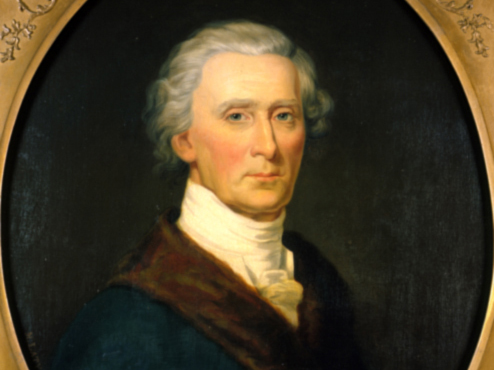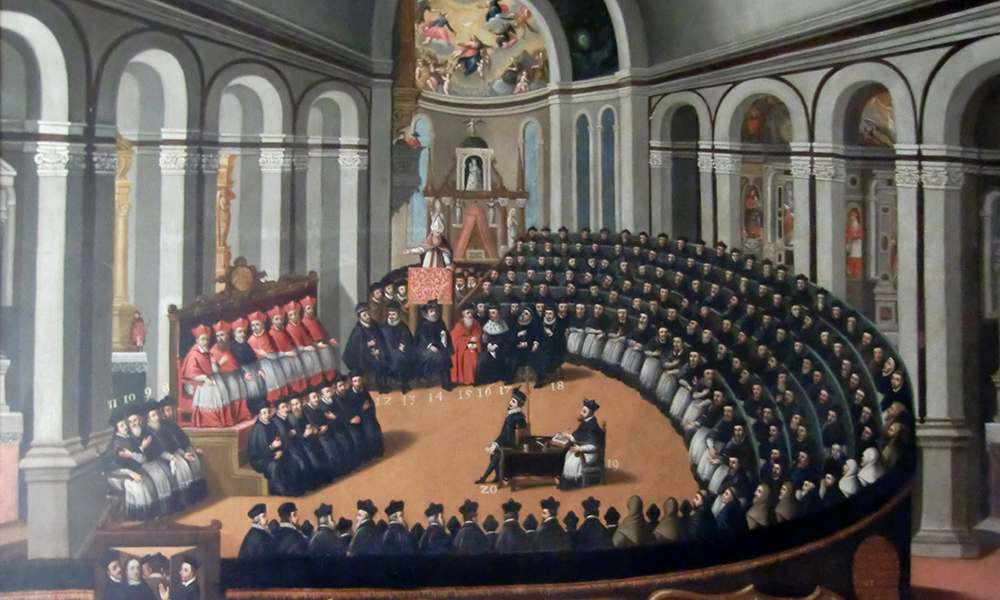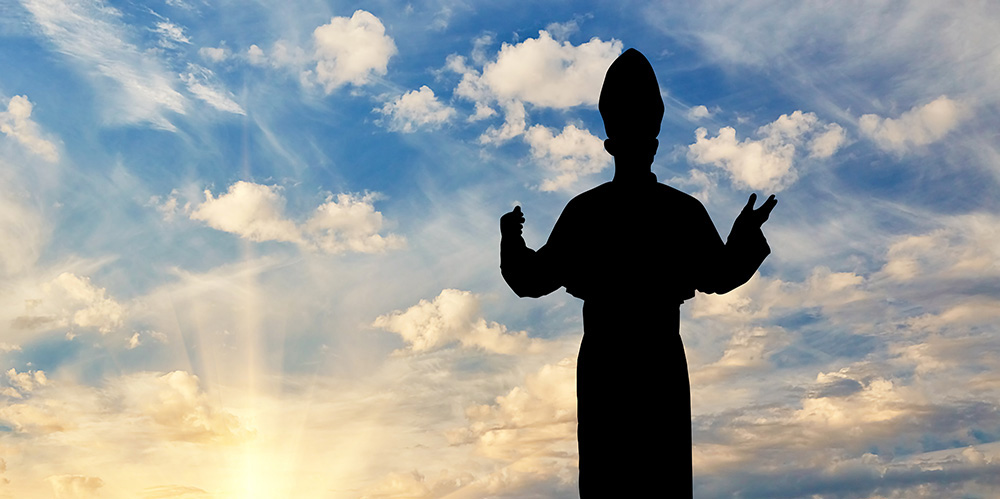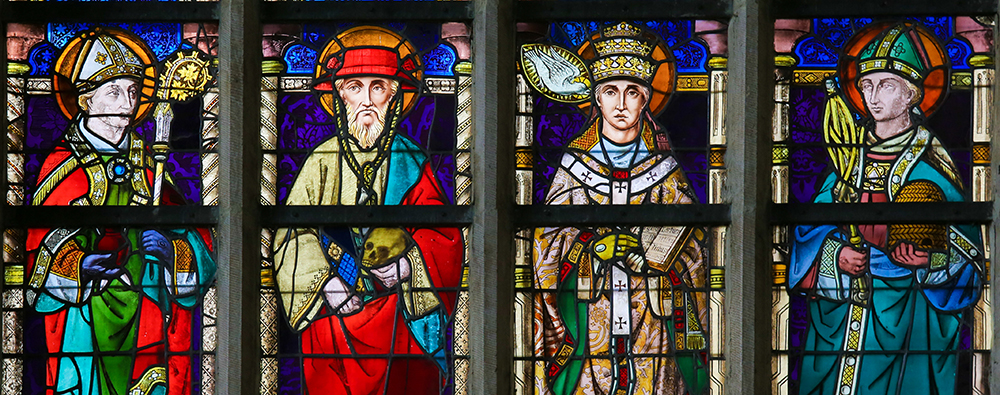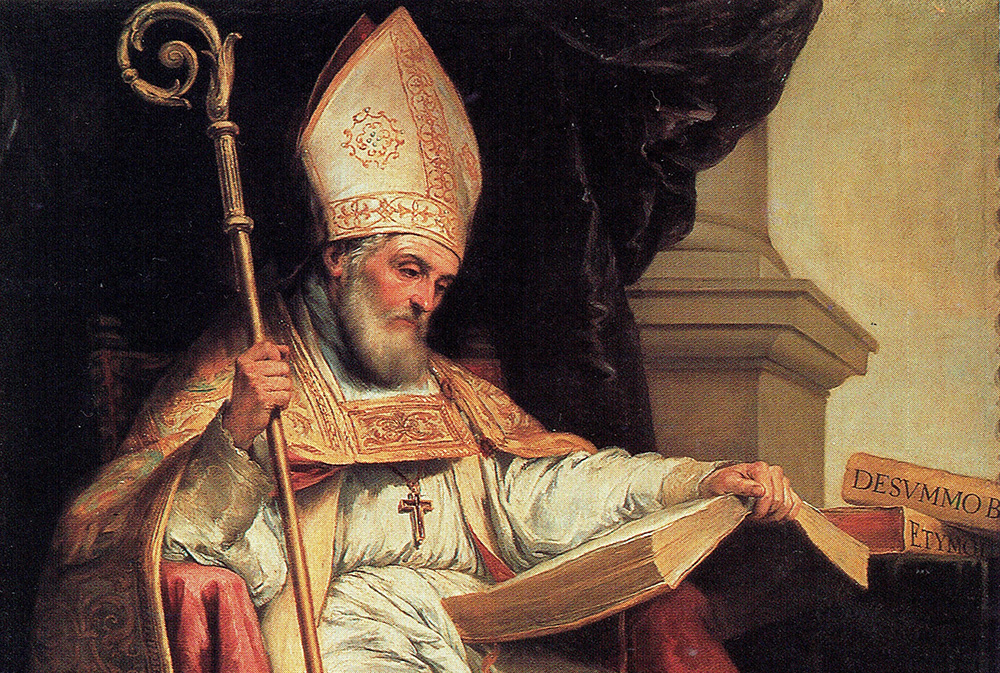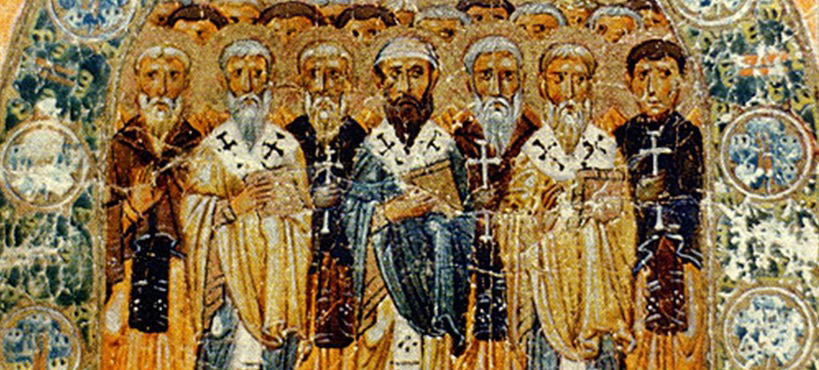Were there Catholics who signed the Declaration of Independence? Just one.
Charles Carroll is remembered as the lone Catholic to sign the important American document on July 4, 1776. The product of a notable Catholic family from Annapolis, Maryland, Carroll was a cousin to America’s first bishop John Carroll of Baltimore.
Carroll set out for France at age 8 in pursuit of his education. He continued in studies in Europe for the next 20 years and returned home just before he turned 30. Once back in Maryland, Carroll quickly began to lend support to the early American revolutionaries who became more and more dissatisfied with the British government and what they regarded as their oppressive “taxation without representation.” Carroll used his voice to support the calls for separation from the British king.
A key player in various efforts to bring about the revolution, Carroll helped secure Maryland’s support for the Declaration of Independence. He also helped Benjamin Franklin and Samuel Chase in diplomatic efforts to rally support for the revolution from French Canadians.
During the years of the Revolutionary War, Carroll served as a member of the Continental Congress and helped form the Maryland state government. He was elected to the Maryland state senate in 1781 and served for a time in the first as one of Maryland’s first United States Senators.
Carroll advocated for the gradual abolition of slavery, although his record on the issue is complicated by the fact that he did not free his own slaves.
Carroll retired from public office in 1800 and was the last surviving signer of the Declaration of Independence when he died in Baltimore at 95 in 1832. A statue depicting him is one of two representing Maryland in the National Statuary Hall collection at the United States Capitol in Washington, D.C.

